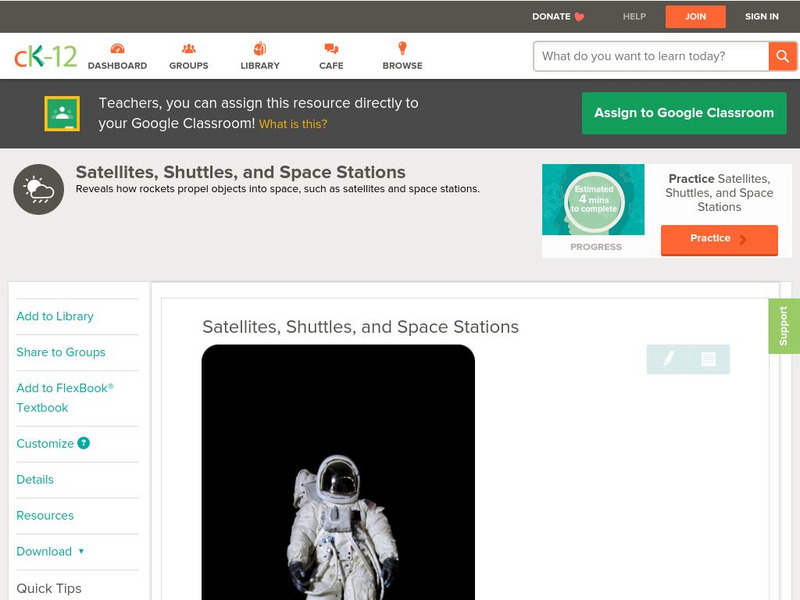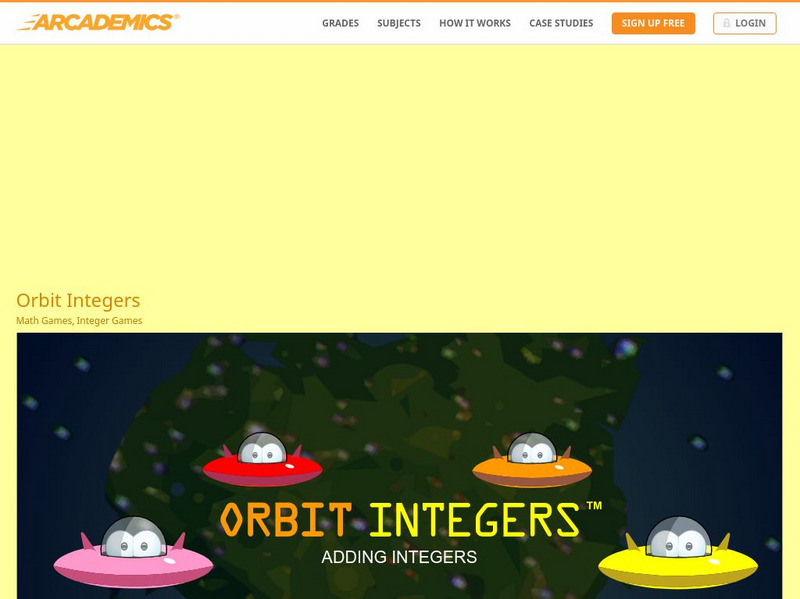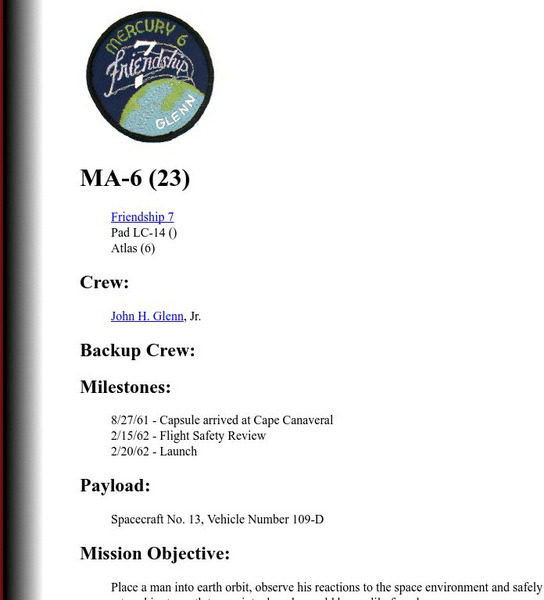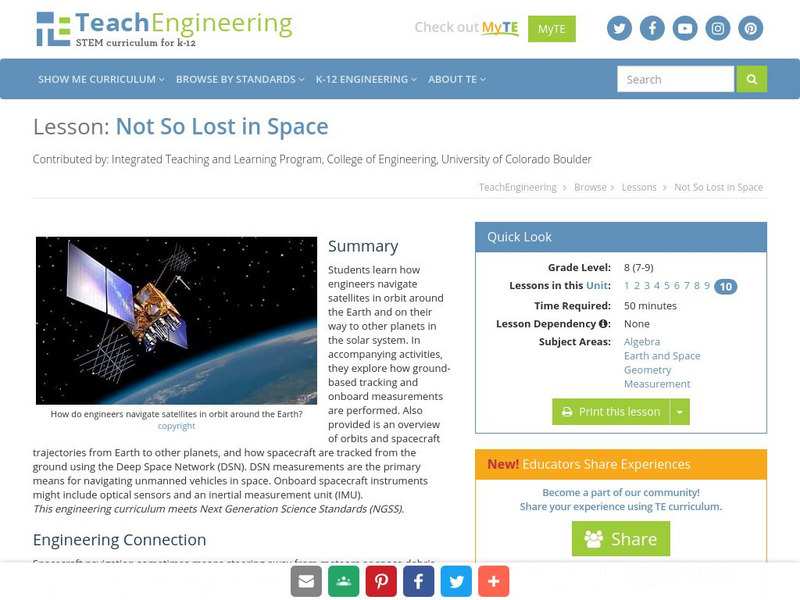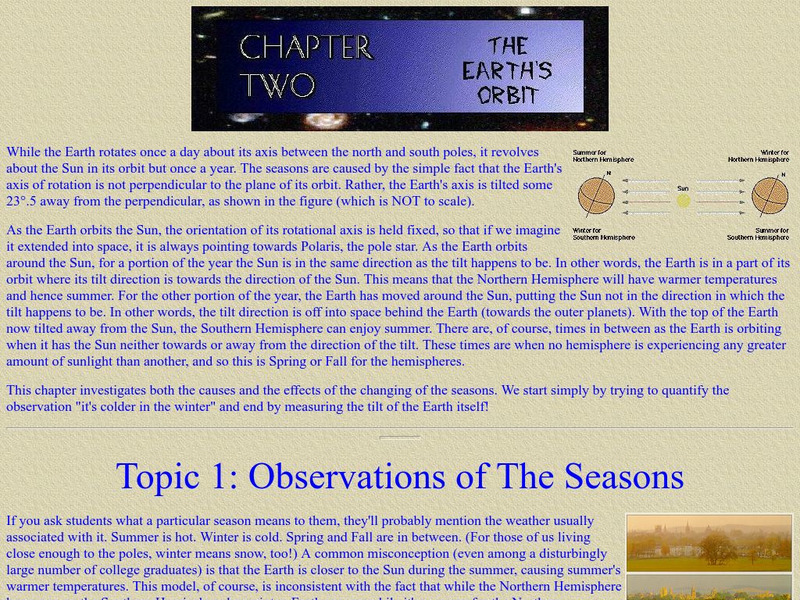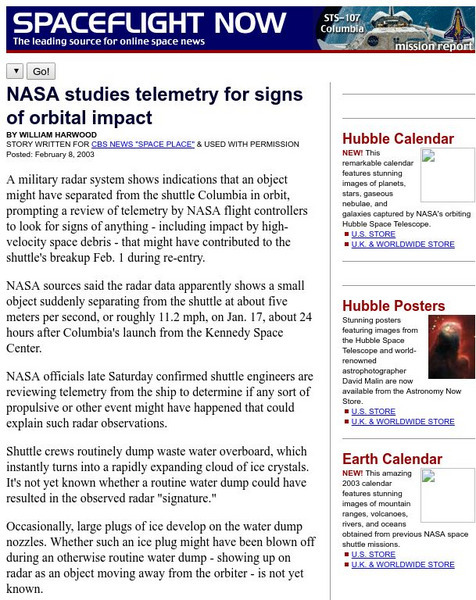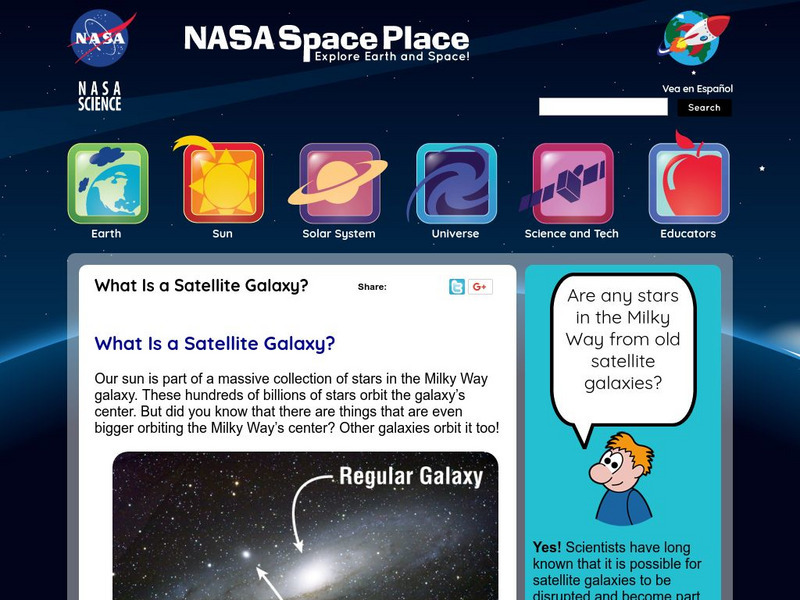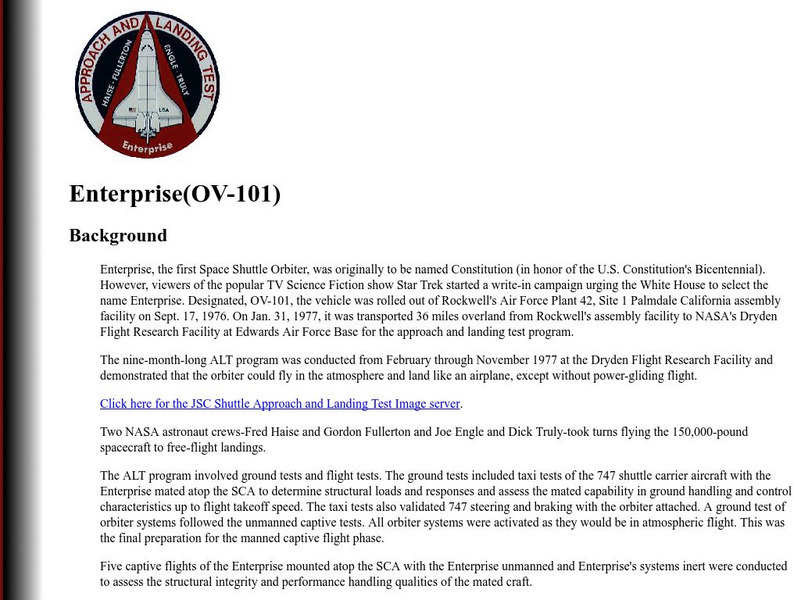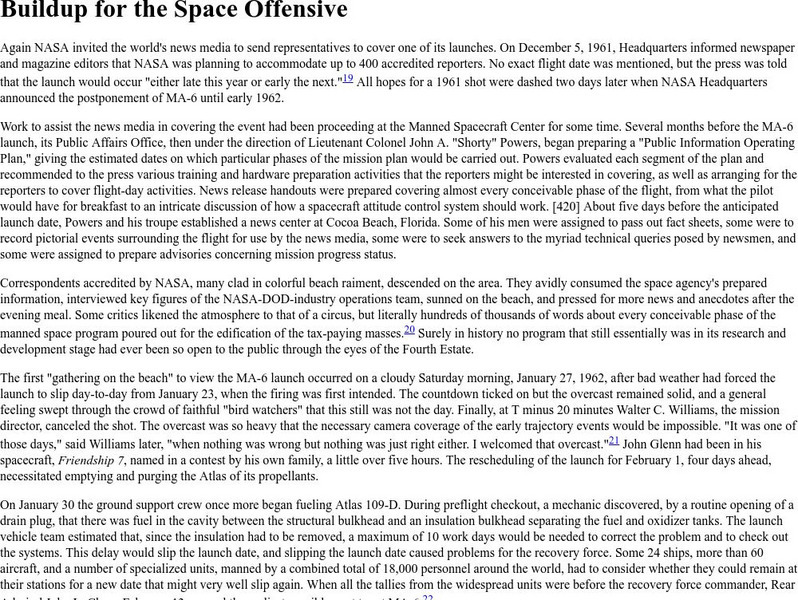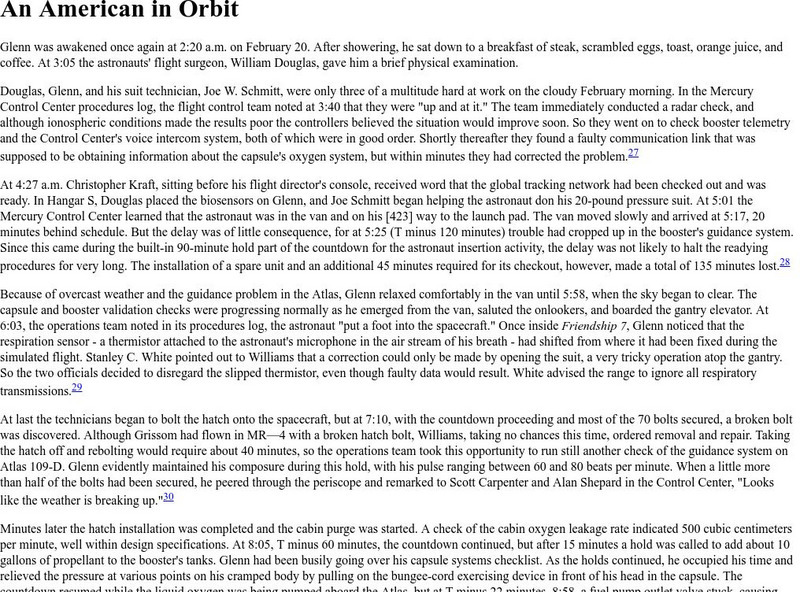Hi, what do you want to do?
CK-12 Foundation
Ck 12: Earth Science: Satellites, Shuttles, and Space Stations
[Free Registration/Login may be required to access all resource tools.] Astronauts and space study.
Arcademics
Arcademics: Orbit Integers
Select the correct answer by adding integers to advance your spacecraft.
TED Talks
Ted: Ted Ed: Could We Survive Prolonged Space Travel?
Prolonged space travel plays a severe toll on the human body: microgravity impairs muscle and bone growth, and high doses of radiation cause irreversible mutations. As we seriously consider the human species becoming space-faring, a big...
Read Works
Read Works: What's Up in Space?
[Free Registration/Login Required] An informational text about outer space. A question sheet is available to help students build skills in reading comprehension.
NASA
Nasa: Space Shuttle Overview: Discovery
This competent site provides a brief history of Discovery, construction milestones associated with this space shuttle, and information related to upgrades and features.
TED Talks
Ted: Ted Ed: The Incredible Collaboration Behind the International Space Station
The International Space Station is roughly the size of a six-bedroom house and weighs more than 320 cars- it's so large that no single rocket could have lifted it into orbit. Instead, it was assembled piece by piece while hurtling...
CK-12 Foundation
Ck 12: Earth Science: Satellites, Shuttles, and Space Stations
[Free Registration/Login may be required to access all resource tools.] Astronauts and space study.
TeachEngineering
Teach Engineering: Not So Lost in Space
Middle schoolers learn how engineers navigate satellites in orbit around the Earth and on their way to other planets in the solar system. In accompanying activities, they explore how ground-based tracking and onboard measurements are...
Harvard University
Eyes on the Sky, Feet on the Ground: The Earth's Orbit
Students perform many inquiry activities related to Earth's orbit. Included are recording daily temperatures, observing the sun's path over several weeks, tracking sunrise and sunset times, and angle of sunlight. Diagrams make lessons...
Other
Spacefilght Now: Nasa Studies Telemetry for Signs of Orbital Impact
Article from February, 2003, reports on a possible object that might have separated from Space Shuttle Columbia that might have caused the disaster. Since this article, it has been found that a piece of foam did fall off of Columbia.
CK-12 Foundation
Ck 12: Fifth Grade Science: Earth Science: Earth's Motion in Space
[Free Registration/Login may be required to access all resource tools.] Discusses the motion of the Earth with its day and night cycle, the seasons, the Earth's orbit around the Sun, and its year-long cycle.
ABCya
Ab Cya: Orbital Order
Launch into space with Orbital Order! Amplify your knowledge of the Sun and the planets of our Solar System in this astronomical activity. Do you have what it takes to put the planets back in order?
PBS
Pbs Kids: Martha Speaks: Socks in Space
After learning seven space-themed vocabulary words, students will go on a space adventure collecting socks. After completing five levels, students will test their new knowledge by matching five words with the pictures that show their...
NASA
Nasa: Space Place: What Is a Satellite Galaxy?
Find out about the behavior and characteristics of the many satellite galaxies that orbit other galaxies.
Project Britain
Primary Homework Help: Earth and Space Quiz
This resource provides information about Earth and space. In addition, there is a quiz provided.
NASA
Nasa Space Science Data Archive: Lunar Exploration Timeline
Available in both HTML and Shockwave formats, this site is a visual timeline of US, Soviet, and Japanese Lunar exploration. Each point of the timeline links to text information about that spacecraft and mission.
NASA
Nasa Space Science Data Archive: Photo Gallery: Mars
A huge collection of pictures of Mars, including shots from spacecraft and landers. Extensive coverage of controversial features like the "face on Mars" with comparison photos from Viking and Mars Global Surveyor.
NASA
Nasa Space Science Data Archive: Neptune Fact Sheet
Resource has text information to compare Neptune with Earth. Includes Neptune observational data, orbital data, magnetosphere, and atmosphere. Also contains an image of Neptune that can be enlarged.
Science Museum, London
Making the Modern World: Gravity
The learning module helps students gain a deeper understanding of gravity. Some topics explored are orbits, the mission to the Moon, and the first space walk. Activities and videos are included.
National Earth Science Teachers Association
Windows to the Universe: Junk in Space
Did you know that International Space Station used to release its trash into space? There is a lot of junk orbiting around Earth! In this game, you are asked to capture eleven examples of the junk that is floating in space but be careful...
NASA
Nasa: Buildup for the Space Offensive
This site from NASA provides a detailed description of the events immediately preceding the first American in orbit mission of the Mercury spacecraft Friendship 7.
NASA
Nasa: An American in Orbit
This site from NASA provides a detailed description of the first manned American orbital flight of a Mercury spacecraft.





